Page Up date 10.24.2019
Phytochemicals
By Dr. Ashraf Girgis ND.
|
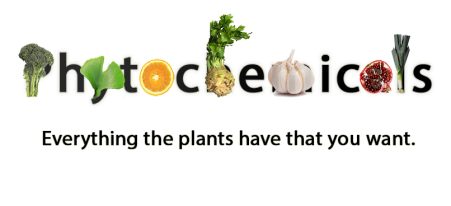
When you look closely in nature, you can find everything you need--diseases and the cure,toxins and its enemies. Like how the Chinese believe in yin and yang, ancient Persians believe in hot and cold. Everything in nature has its good and bad. We need to understand how to keep this balance and harmony intact. How do we keep homeostasis (balance) on all levels, whether it be inside our body or out in nature? This brings us to the subject at hand--Phytochemicals.
|
|
|
|
The word “Phyto” means plant. Over billions of years, plants have developed mechanisms to protect themselves from diseases and all kinds of predators. These chemicals are called phytochemicals. For a long time, most holistic practitioners have known eating fruits and vegetables and plant based food are overall beneficial to our health. However, the reason was not very clear. It was believed that it was the vitamins and minerals in these plants. However, it wasn’t until the last few decades that scientists found that the phytochemicals protect plants also have very protective effects in the human body as well. The reason is that phytochemicals contain many nutrients including antioxidants. Antioxidants in plant based foods are on average 64 times higher than food from an animal source (25). Additionally, phytochemicals shown to reduce the mortality rate of cancer and cardiovascular diseases (25). Cancer and cardiovascular disease are the top two causes of death in the United States. There are thousands of phytochemicals discovered so far. They help regulate hormones, prevent DNA damage, and aid in DNA repair. Phytochemicals also act as anti-inflammatory and improve one’s immune system (26). Phytochemicals are not considered essential nutrients. However, they seem to be increasingly important for our health and well being. The most well known are:
|
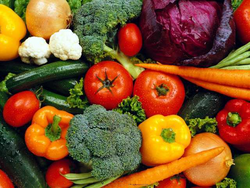 |
|
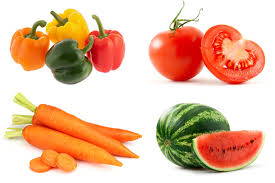
|
Carotenoids
Carotenoids are the most studied phytochemical. Some types of carotenoids are beta-carotene, lycopene, lutein, and zeaxanthin (1). They can be found in plants that are red or orange and green fruits and vegetables. Humans cannot synthesize carotenoids; therefore, they need to get it from fruits and vegetables. They have shown to inhibit growth of cancer cells in certain types of cancer and they benefit overall health especially in our eyes (1).
Carotenoids can be found in carrots, oranges, watermelons, cooked tomatoes, sweet potatoes, and many leafy vegetables. Their health benefits come from its antioxidant properties. Due totheir high antioxidant activities, lycopene and beta-carotene are shown to repair damaged DNA(catechol-estrogen-mediated DNA damage).
|
|
Flavonoids
Flavonoids are another group of phytochemicals that play a very significant role in health and well being. This class of phytochemicals deserve to have their own section or book. Their amazing benefits are due to their antioxidant, anti-inflammatory, anti-carcinogenic, anti- microbial, and detoxifying properties, and they have an important role in preventing and repairing DNA damage.
They also function as enzymes (6). Flavonoids are found in fruits, vegetables, grains, and certain beverages like tea and wine. They are also found in parts of plants such as bark, roots, stems, and flowers. Research on flavonoids has shown that they can prevent coronary heart diseases and reduce mortality rates (6), although the mechanism of this is not yet known. However, one can stipulate their anti-inflammatory properties play a primary role in lowering cardiovascular diseases. Scientists are realizing that inflammation causing oxidative stress that damages the walls of arteries as opposed to simply having high cholesterol levels. Flavonoids are also linked in improving Alzheimer's disease. Flavonoids are believed to be synthesized in plants and are involved in color and aroma of the plants (6). In plants, they are responsible for protecting from different kinds of stresses and UV rays (7). At this time there are 6000 types of flavonoids are known.
|
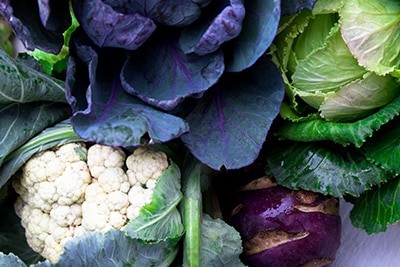 |
 |
Flavonoids are characterized depending on the structure and position of carbon rings. Their subgroups are: flavones, flavanols, flavanonols, flavanones, catechins, chalcones and
anthocyanins.You can find flavonoids in apples, citrus fruits, onions, beverages such as coffee and tea, soy milk, and soy products in general (make sure the soy you buy is organic, as soy is among the most genetically modified food).
|
|
Indoles and Glucosinolates
Indoles and glucosinolates are phytochemicals that contribute their health benefits to sulfur- sulforaphane containing compounds. They are found mostly in the Cruciferous family belonging to the genus Brassica. These are things such as broccoli, cabbage, mustard, collard greens, cauliflower, brussels sprouts, and bok choy.
Others in the Cruciferous family that do not belong to the Brassica genus are arugula, watercress, radish, wasabi, and horseradish. Chowing and chopping cruciferous vegetables and plants releases their sulfur compound,
glucosinolates. The breakdown of this results in indole-3-carbinol. These chemical compounds are shown to have anticancer properties. Research done on people taking high amounts of cruciferous content have lower occurrences of lung and colorectal cancer. It may play a role in
detoxification and prevention of carcinogens as well as limiting production of cancer related hormones. Cruciferous vegetables could also help prevent breast, prostate, and lung cancer (10). Studies found that higher intakes of cruciferous vegetables (at least three serving per week) were associated with significant reductions in lung cancer risk (12). However, bioavailability is reduced if cruciferous vegetables are cooked in very high power microwaves (850–900 watts), or if it is cooked into lots of water. The best method for cooking these types of vegetables is to use less water. Steaming or microwaving can reduce the losses of glucosinolate (11).
|
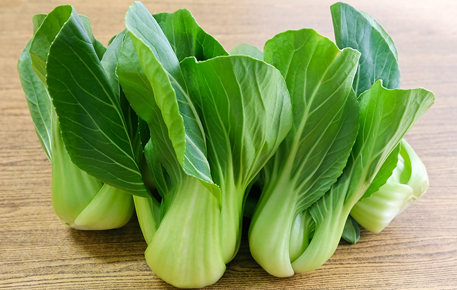 |
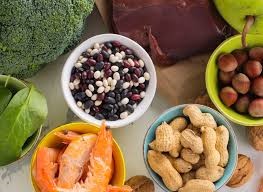 |
Inositol
Inositol is a precursor to the second most important messenger system in the brain. In a study of 28 patients with depression, using the Hamilton Depression Scale, 12 grams of inositol used for one month showed significant improvement compared to control groups (14). Similar improvements were noticed in a 6 week trial of 13 patients with OCD taking 18 grams compared to those taking placebo. In patients with panic disorder, with and without agoraphobia (fear of specific situations or places), similar positive results have been seen (14). However, no improvement in children with autism or Alzheimer been noticed.
Inositol is sometimes referred to as vitamin B8, and can be found in cantaloupe, fiber rich food such as legumes and seeds, nuts, wheat bran, brown rice, citrus fruits, and soy products. Inositol is also known as D-Chiro-Inositol, Inositol Hexaphosphate(IP6), and myo-inositol. Inositol, D-Chiro-Inositol, and myo-Inositol are seen as insulin mimetic in animal models of insulin resistance.
You can also take inositol as a supplement. Taking supplements can help lower cholesterol levels and blood pressure. Inositol supplements have been used in treating diabetic neuropathy (18).
|
|
Isoflavones
Isoflavones are another group of phytochemicals with bioactive components that can be very beneficial to our health. They seem to have structural similarity to estrogen, exerting both estrogenic and antiestrogenic properties in various tissues. Soybeans and soy products have phytoestrogen activities. There are potential benefits of isoflavones in women going through menopause and as an alternative treatment in osteoporosis (19).
Supplements of isoflavone genistein are shown to have consistently positive results in patients with menopause symptoms such as hot flashes (20). However, the role of isoflavones in human health and well being have been inconclusive. Studies done on isoflavone show a variety of effects, such as a protective effect of isoflavone consumption in immunomodulation, reduction of some types of cancers, as well as benefits in cardiovascular and skin diseases, osteoporosis and obesity (21).
|
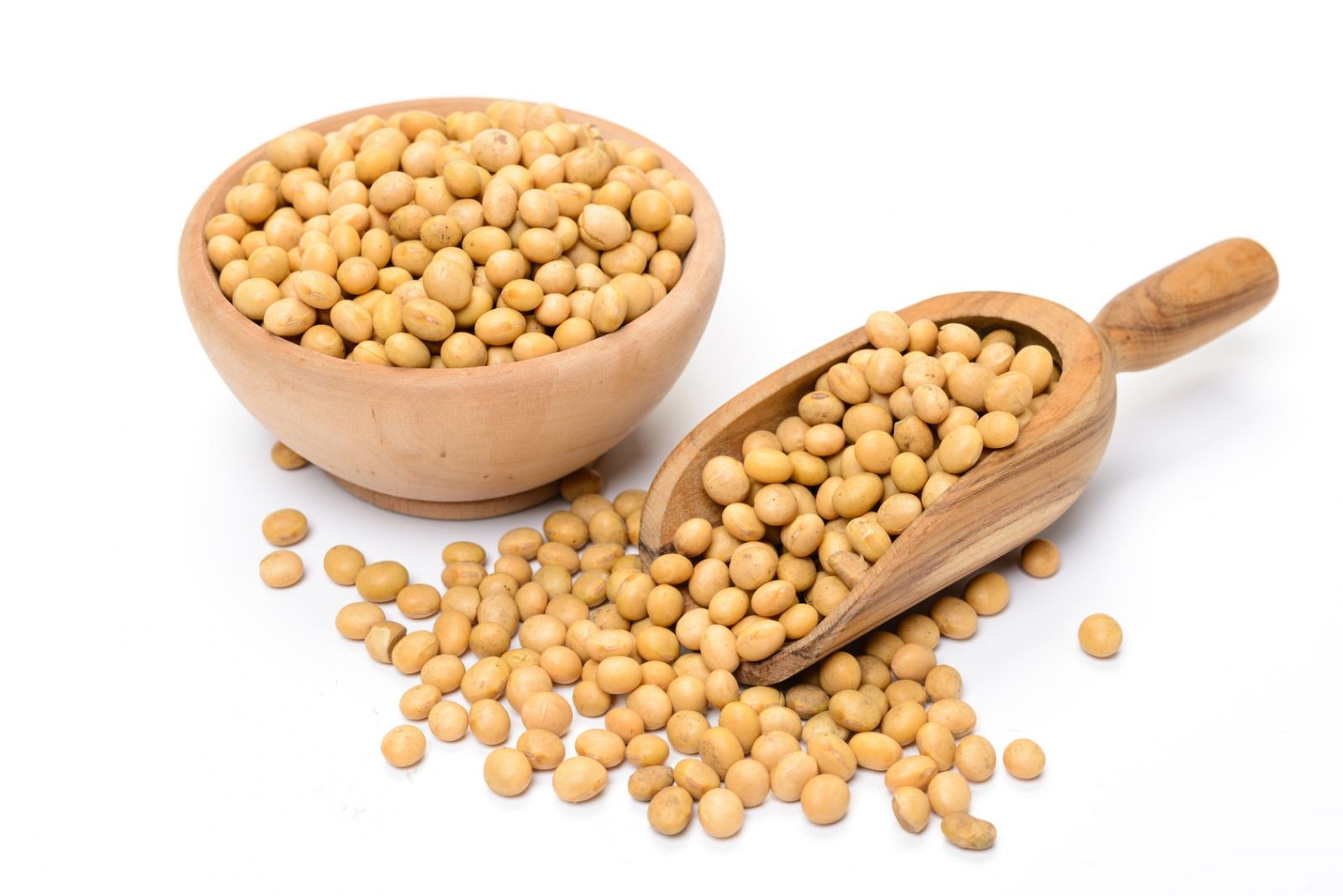 |
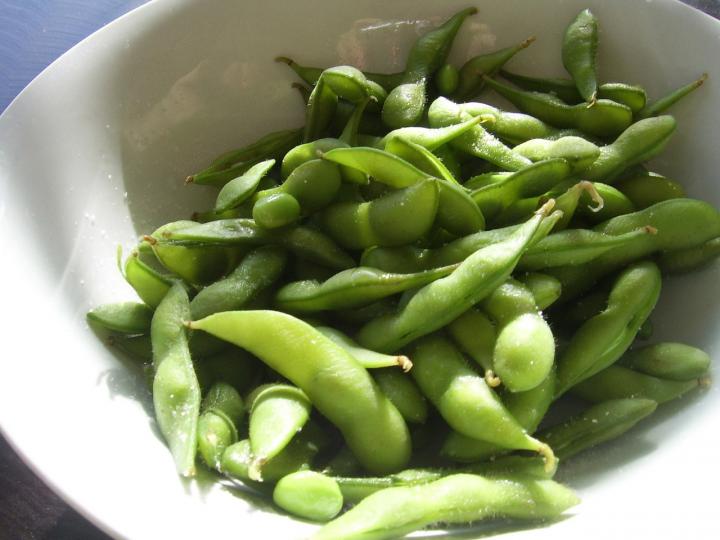 |
In some studies, isoflavones such as genistein and daidzein isolated from soybeans demonstrated great antioxidant activity similar to alpha-tocopherol (Vitamin E). Genistein and daidzein may also have the ability to prevent oxidation of cholesterol and lower oxidative stress in DNA. This prevents cellular damage from low density lipoprotein (LDL) in cardiovascular diseases in invivo
(23). Additionally, study analysis of 9,514 breast cancer survivors showed women taking 10 mg of soy isoflavone and living a healthy lifestyle reduced the risk of breast cancer recurrence by 25% (20). Common isoflavones are daidzin, genistin, biochanin A, and formononetin.
|
|
Also, oral administration of eating soy and drinking soy milk and soy product have shown many benefits. But, it is important to emphasize the importance of utilizing the non GMO and organic products as soy is among the most common of GMO produce in the United states and Canada.
These are simply few phytochemicals out of thousands. I would like you to include each day at least few of these in order to live a healthy life, free of diseases. Also, combine it with managing stress and exercising and the various disease prevention methods I have been suggesting in various articles. Enjoy a health life.
Thanks
Ashraf Girgis
Thanks for visiting www. Curenaturally.org. To schedule a talk by Dr. Girgis on this topic, please call 1(616)777-0608. Dr. Girgis schedules six months in advance for any talks. If interested in buying books for your organization or have any other issues, feel free to leave a message for Dr. Girgis at 616-777-0608 or email her directly at contactcurenaturally@gmail.com.
|
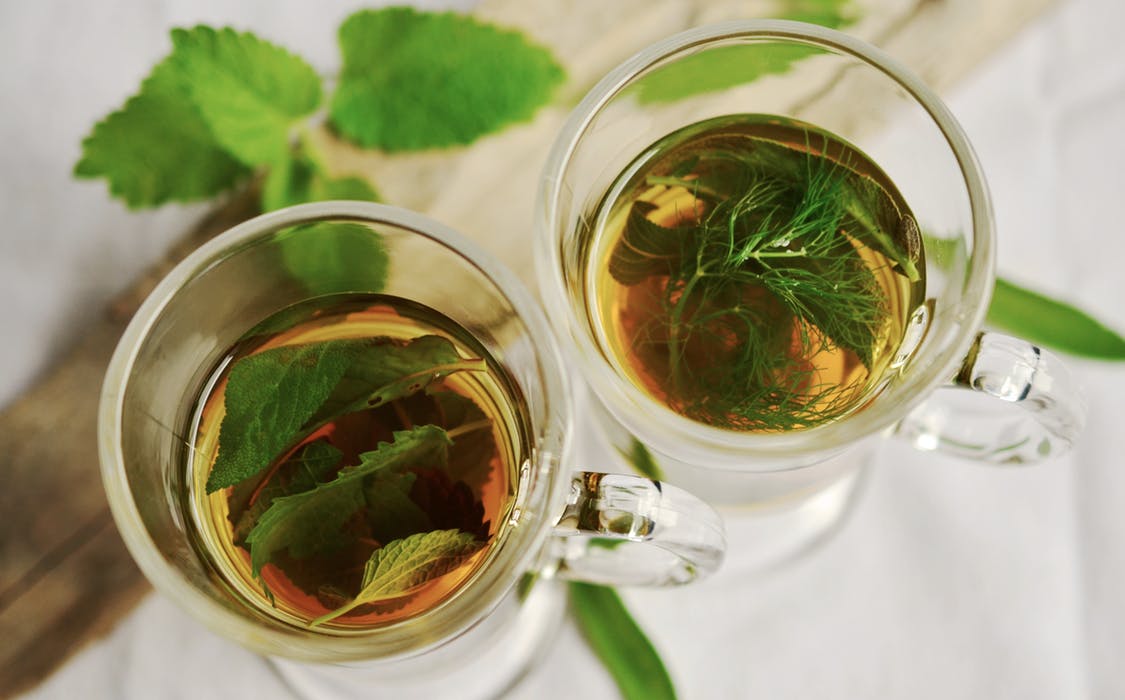 |
|
|
|